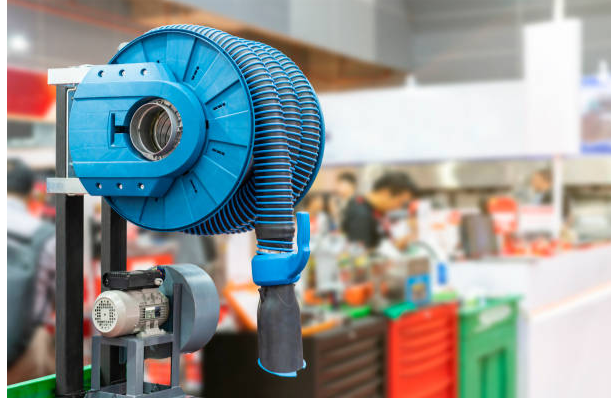Measures of safety are important in preventing the risk of harm to the workers and the effectiveness of the operations in industries that deal with dust production. This article describes the requirements that the National Fire Protection Association (NFPA), Mine Safety and Health Administration (MSHA), and Occupational Safety and Health Administration (OSHA) have laid down for manufacturers of dust collectors to follow when designing and installing dust collection systems.
NFPA guidelines
The NFPA offers comprehensive guidelines on how to handle combustible dust hazards. For example, NFPA 654 describes the guidelines for protection from fire and dust explosions in facilities that store or process combustible solid particulate materials. To the manufacturers of dust collectors, these guidelines imply that the equipment should not allow dust buildup, should have proper venting, and should be easy to clean.
MSHA Standards
When it comes to dust control in mining, it is not just a matter of washing up but protecting workers from diseases such as pneumoconiosis. MSHA standards mandate that mining sites should implement adequate measures to control dust, including the use of water sprays, ventilation, and air quality checks. These standards are important for dust collection manufacturers when designing systems meant for use in the mining industry.
OSHA Regulations
OSHA has provided guidelines in its General Industry Standard 1910. 1000 regarding air contaminants and PELs for different types of dust. These standards can be achieved with the help of dust collectors that help in minimizing the level of airborne dust. Manufacturers need to adhere to the OSHA regulations to guarantee that the dust collection systems they have in place are efficient in preventing harm to the workers.
Recommendations
Manufacturers of dust collection systems have to factor in several design aspects when developing systems that conform to these safety standards. This involves selecting the right type of collector, for example baghouse or cartridge systems, deciding on the correct air-to-cloth ratio, and using filters that are capable of dealing with the kinds of dust produced by their clients.
Future Research
It is important to note that safety standards are not static but are rather dynamic and are subject to change as new research and technology emerges. Thus, for dust collection manufacturers, being proactive is a matter of investing in research and development to create better and safer dust collection systems. Possible future trends may be the incorporation of smart sensors that are able to identify system failures and make necessary changes to ensure that safety standards are met.
Therefore, it is important for dust collectors manufacturers to ensure that they meet the safety standards as prescribed by NFPA, MSHA, and OSHA. It safeguards the employees and meets the legal standards, which in turn improves the image of manufacturers and confidence in their products. For industries that depend on dust collection systems, it is crucial to deal with manufacturers who are well informed and adhere to the requirements of the systems to ensure the industries’ functionality and safety.


